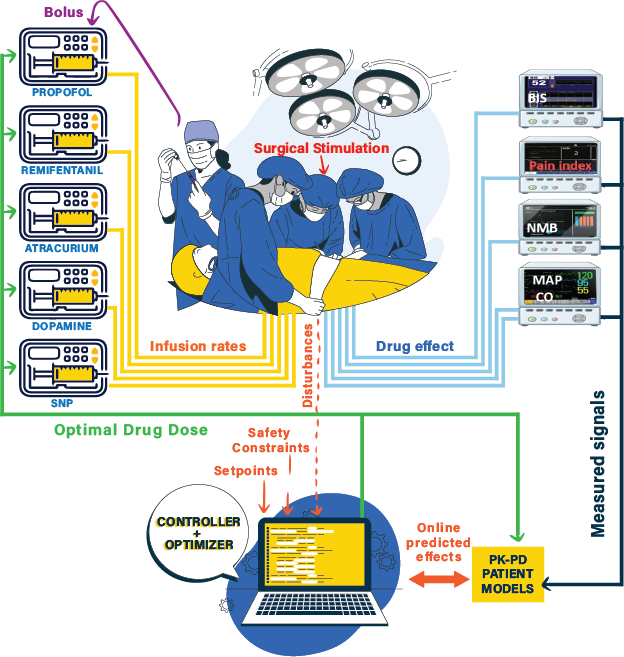Detailed description of the open source patient simulator
Citation disclaimer: If you use this simulator please cite the paper bellow
C. M. Ionescu, M. Neckebroek, M. Ghita and D. Copot, An Open Source Patient Simulator for Design and Evaluation of Computer Based Multiple Drug Dosing Control for Anesthetic and Hemodynamic Variables,
IEEE Access, vol. 9, pp. 8680-8694, 2021, doi: 10.1109/ACCESS.2021.3049880.



